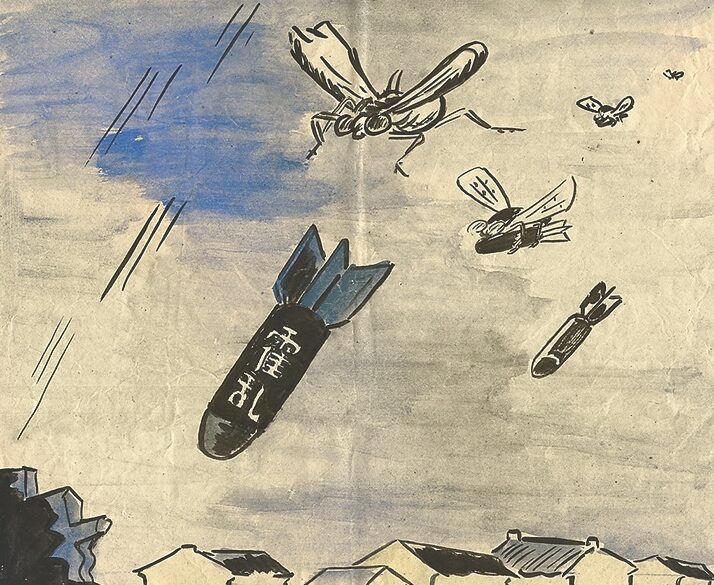Nicholson Baker’s one-way journey down the rabbit hole of state secrecy began nearly a decade ago, when he set out to answer a seemingly straightforward question: Did the United States deploy biological weapons in North Korea and China during the Korean War?
Baker, a passionate and estimable chronicler, had recently finished Human Smoke: The Beginnings of World War II, the End of Civilization, his eye-opening exploration of the world’s gradual advance toward all-out global war and Holocaust. Nearly as soon as that war had ended, with the unleashing of atomic weapons on the Japanese cities of Hiroshima and Nagasaki, the U.S. military was looking for more-covert methods of bringing enemies to their knees. Among the documents Baker would eventually unearth was a top-secret memo issued in 1950 by U.S. Air Force general Nathan F. Twining noting that “the Joint Chiefs of Staff have agreed that action should be initiated at once to make the United States capable of employing toxic chemical and biological agents” and ordering his deputies to follow through. Baker’s book makes it clear that they did.
The secret program, which began and ended during the Korean War, was code-named Project Baseless. It appears, however, that the program was not exactly a secret in North Korea. In 1952 North Korea’s foreign minister, Pak Hon-yong, alleged that the U.S. military was “systematically dropping a large number of infected insects from aircraft on to our troop positions on our rear, and these insects are spreading the bacteria of infectious diseases.” To most Americans this surely must have seemed like a “fantastic plot,” just as Secretary of State Dean Acheson said in responding to what he called “this nonsense about germ warfare in Korea.” General Matthew Ridgway, the supreme commander of the United Nations forces in Korea, seconded the motion, saying, like Acheson, that the Communists were just covering up their own epidemics.
But again and again, Baker astutely connects the dots. Both the North Koreans and the Chinese, for example, reported that they had found feathers scattered over the ground after artillery shells exploded and after aircraft flew overhead. Perhaps that, too, would seem like part of a fantastic plot—until one learns, as Baker did, that Brigadier General Orrin Grover, a West Pointer who headed up the Air Force’s Division of Psychological Warfare at the time, had overseen the development of the E-73 feather bomb, a reengineered propaganda bomb that could use turkey or chicken feathers dusted with disease spores—packed into the bomb’s compartments instead of leaflets—to infect people, animals, or crops in an enemy country.
In 1950 the U.S. military, working closely with the CIA, hired General Mills, the producer of Gold Medal Flour, to begin work on what would become the E77 biological bomb, an anticrop weapon based on the design of Japanese fire balloons. The company’s engineers envisioned the E77 as an ideal delivery system for such contagions as wheat stem rust and hog cholera. The following year a committee on biological warfare set up by the Defense Department’s Research and Development Board was recommending that the government step up its work on Q fever, rabbit fever, and plague, in addition to warthog disease, anthrax, and “virulent races of wheat, oat, barley, and rye rusts.”
In writing Baseless, Baker became expert at reverse-engineering the redacted documents that he and other researchers succeeded in obtaining under the federal Freedom of Information Act, a public records law that many government agencies have managed to turn into so much Swiss cheese. He remains profoundly troubled, however, by what he calls “the pathology of government secrecy.” How is a nation supposed to learn from its mistakes, Baker asks, when the government suppresses those mistakes for many decades?
No spoiler alert is warranted here, but Baseless should be required reading for all historians who confront government secrecy as they seek to get to the truth about major historical events. And you don’t have to agree with Baker’s conclusions about what really happened in the Korean War to share his sense of outrage at government nondisclosure. “My aim,” as he puts it in the book, “is to open the files, not necessarily to convince.”
Bill Hogan is the editor of MHQ.
This article appears in the Autumn 2020 issue (Vol. 33, No. 1) of MHQ—The Quarterly Journal of Military History with the headline: Reviews | Actions and Redactions





